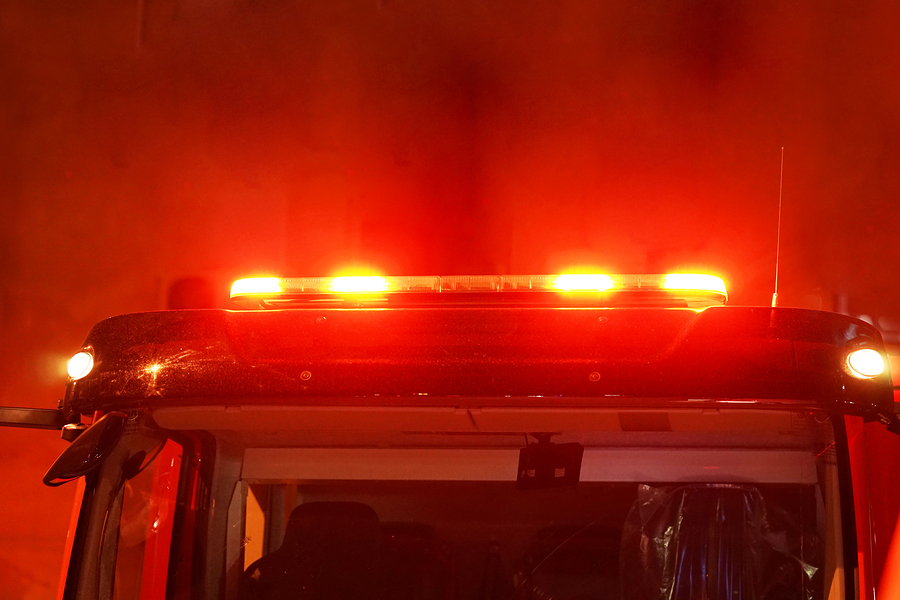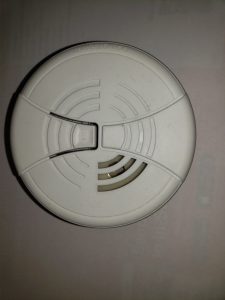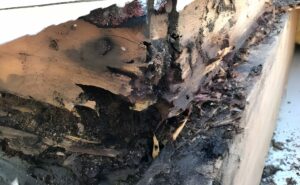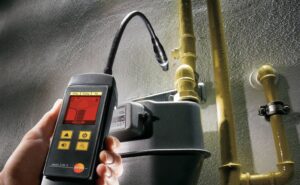
How To Choose And Install A Smoke Alarm – October 28, 2014
A smoke alarm and maybe save your life. Whether you own an older home or a new home, I am positive you will enjoy our plain language explanations of many common problems found in the home. Please feel free to comment on this post and offer suggestions for future posts.
A Smoke alarm could save 3000 lives a year.
We all know a smoke detector saves lives. But did you know every year, there are approximately 300,000 residential fires in the United States? Roughly 3000 people will die in these residential fires, and most deaths will occur while the occupants are sleeping.
The vast majority of these deaths are from smoke inhalation and not the actual heat of the fire. According to the U.S. Fire Administration, “the risk of dying in a home fire can be cut in half in homes with a working smoke alarm”
Smoke detectors come in three styles. Battery-powered for older homes, wired directly into the house wiring (hard wired) and wireless. Hard wired alarms come with a battery backup and have been required in new homes by most building codes since 1988.
Interconnected detectors have the advantage of sounding all alarms in the home at the same time. This warns someone sleeping in an upstairs bedroom that an alarm is energized in the basement. Both styles are available as an ionization smoke alarm, a photoelectric smoke alarm, and a combination of both.
Choose from two types of smoke detectors
Just as there are two types of smoke detectors, there are two types

of fires. The first fire is usually defined as fast-burning with visible flames and a limited amount of smoke but large particulates.
The second fire is a slow-burning smoldering type that produces lots of smoke but not much fire. Smoldering fires are usually found in mattresses or furniture but may be found anywhere.
Ionization smoke alarm
Ionization smoke detectors will respond faster to the open burning, faster-moving fire. Giving more time to escape fast-moving flames. The photoelectric smoke alarm responds faster to the smoldering fire.
Smoldering fires produce lots of smoke and not much flame or heat. The ideal situation then would be to have a combination type detector.
Combination alarm
Combination detectors combine the ionization and photoelectric sensors in one detector. The downside to this is these systems are more expensive than either single-sensor smoke alarm. Battery-powered Ionization and photoelectric smoke alarms start around $5.00. Combination units start around $15.00, and hard-wired units usually cost a little more.
Hard wired detectors can be identified by the three wires coming out the back of the detector. The advantage of interconnection is now available for older homes. Wireless interconnected detectors are available starting at $25.
There is a solution for those of us who cannot remember to change our smoke alarm batteries when we switch from daylight savings time to standard time. Some detectors now come with a 10-year battery. In any case, detectors should be replaced after ten years of service even if they are still working.
How to decide where to place a smoke alarm
So now you know what kind of smoke alarm you want, how many do you need? Every home is different, but there are standard rules for all. A smoke alarm should be placed;
• In each sleeping room
• Outside of and within 15 feet of all sleeping rooms
• On each level of the home
Follow the manufactures instructions for proper location and installation and check your smoke alarm monthly.
Just because you have a smoke alarm, do not be lulled into a false sense of security. Smoke detectors only function when common sense and good maintenance fail. Check your home for fire hazards and have a fire escape plan for your family.
Follow the manufactures instructions for proper location and installation and check your detector monthly.
• Check your home for fire hazards
• Have a fire escape plan for your family.
• Make sure all sleeping rooms have two avenues of escape (current codes require this)
Ninety-three percent of American homes have at least one smoke alarm. Unfortunately, it is estimated that thirty percent of these homes have their detector disabled because of old age, dead batteries, or batteries that the occupants removed.
Do not be part of the thirty percent. Get up and check those detectors right now, don’t wait another minute.
Some information in this post came from the following sources.
Smoke alarms – NFPA – National Fire Protection Association
http://www.nfpa.org/safety-information/for-consumers/fire-and-safety-equipment/smoke-alarms
Smoke alarm outreach materials – U.S. Fire Administration
http://www.usfa.fema.gov/prevention/outreach/smoke_alarms.html
Smoke Alarms – Consumer Product Safety Commission
https://www.google.com/url?sa=t&rct=j&q=&esrc=s&source=web&cd=5&cad=rja&uact=8&ved=0CG8QFjAE&url=https%3A%2F%2Fwww.cpsc.gov%2FPageFiles%2F119009%2F559.pdf&ei=Ka1BVM_8NdP7yAS9q4G4Ag&usg=AFQjCNHY3Sq2SB8jIe9AatPFVdFDVYrelA&sig2=ioDXJNMq-oxmYF_7ljJ50g
Smoke detector – Wikipedia, the free encyclopedia
http://en.wikipedia.org/wiki/Smoke_detector
For information on our warranties
Warranty
Check us out at the Better Business Bureau




